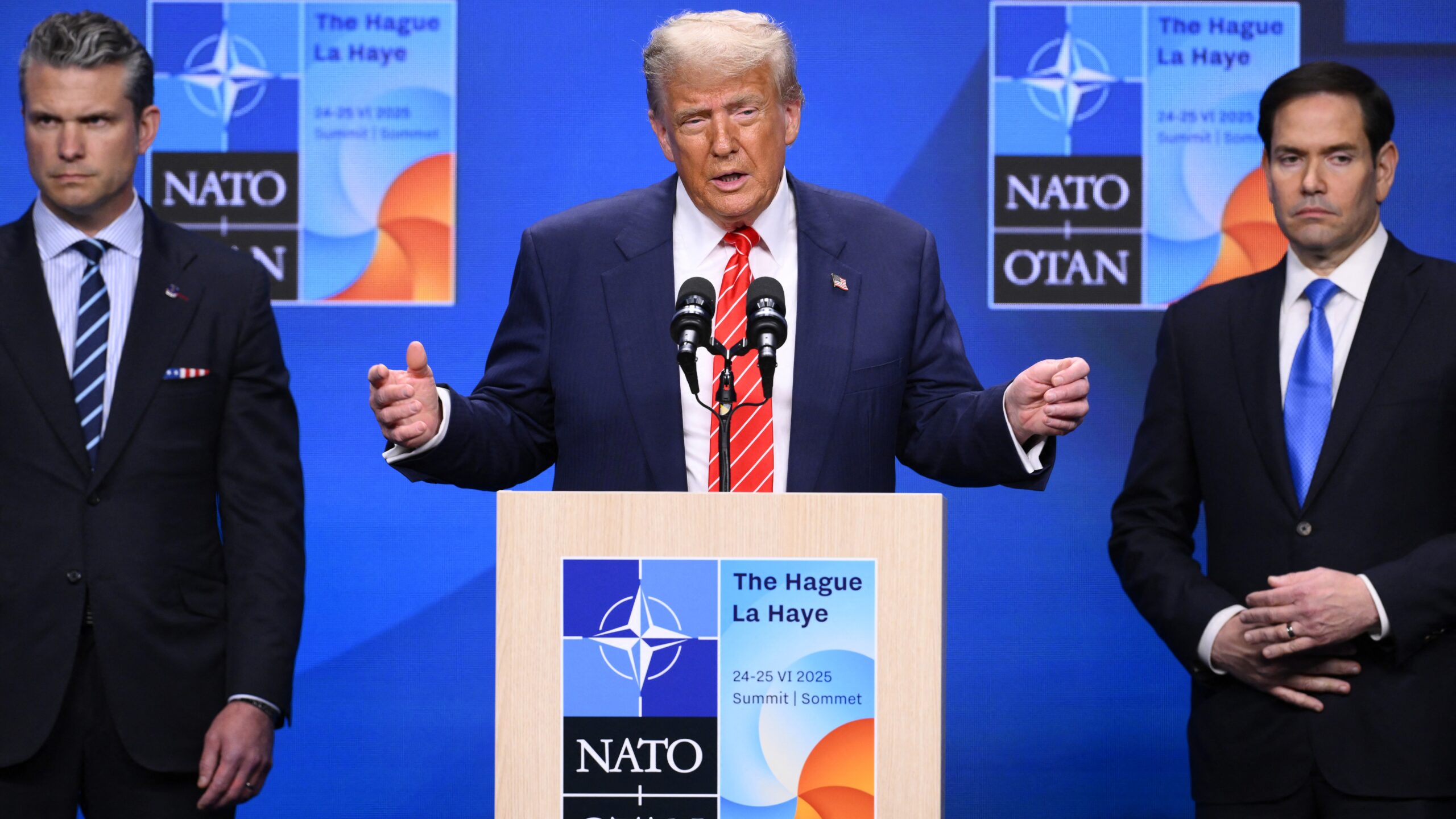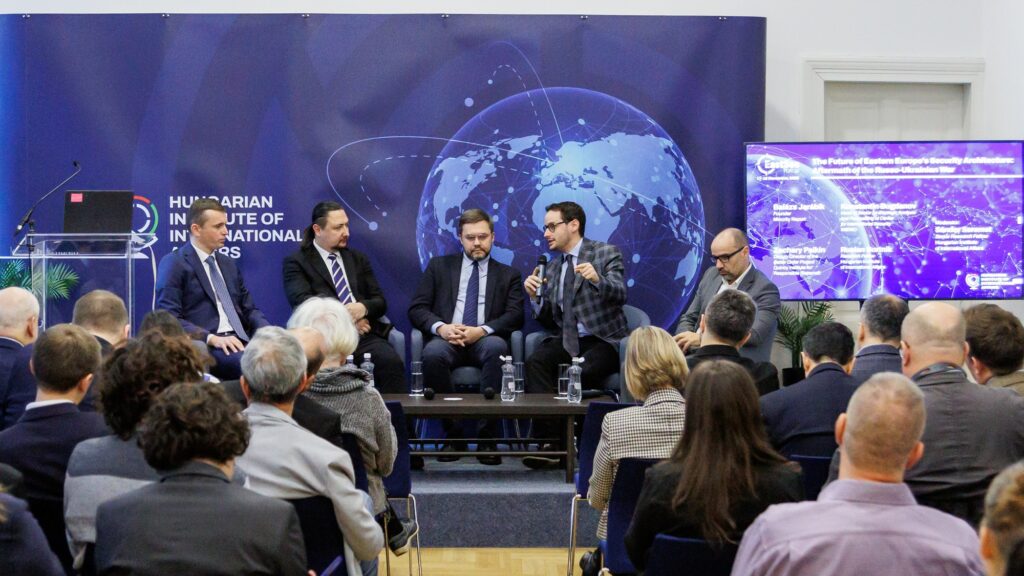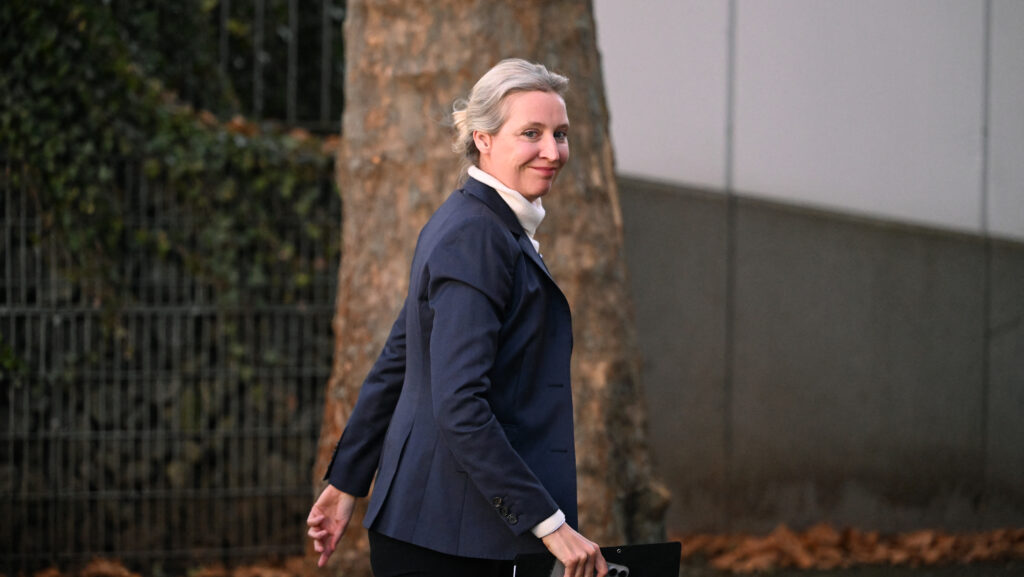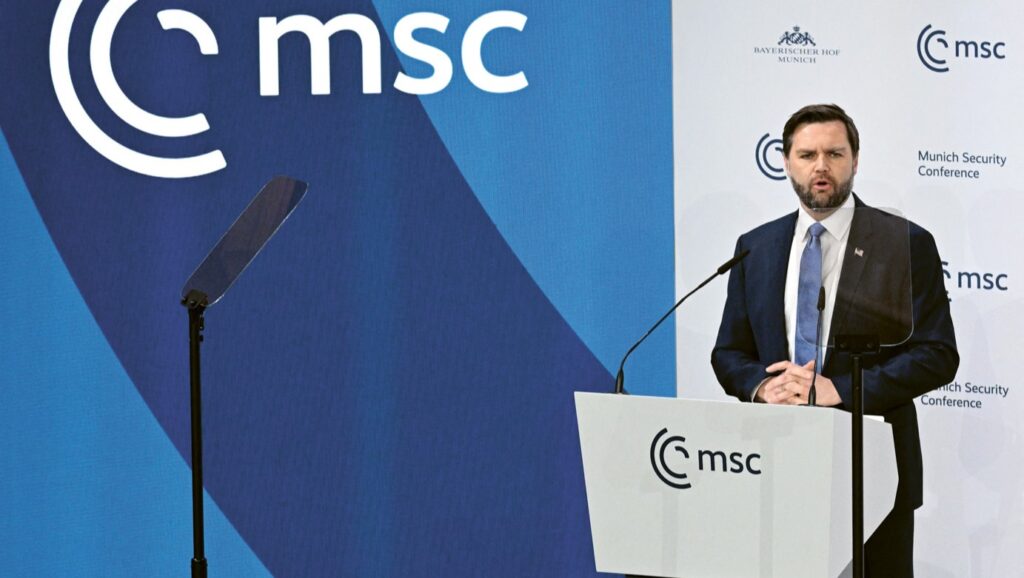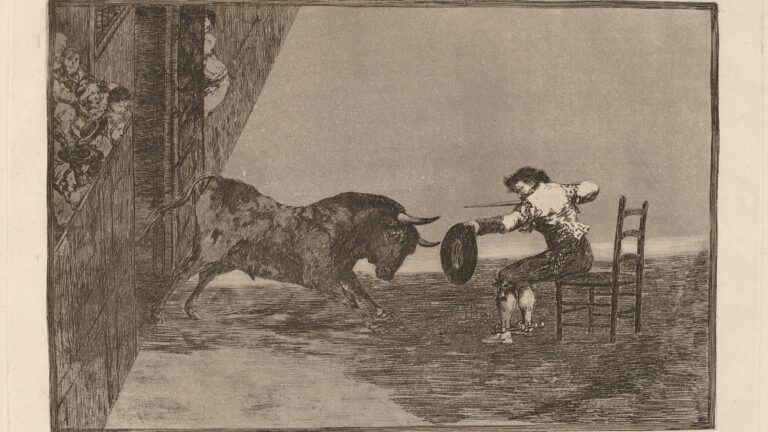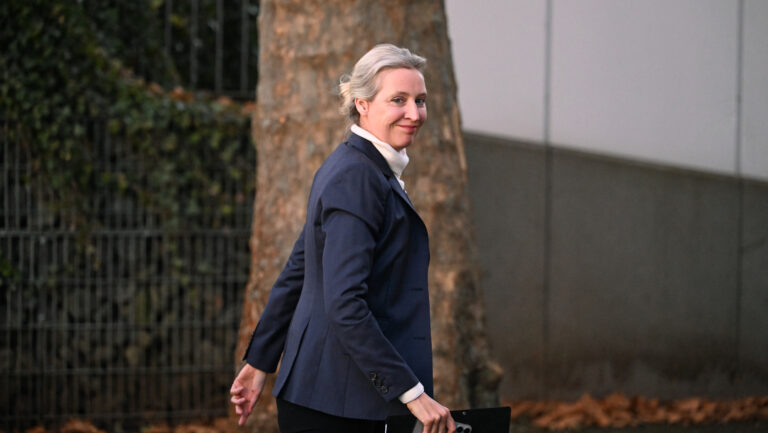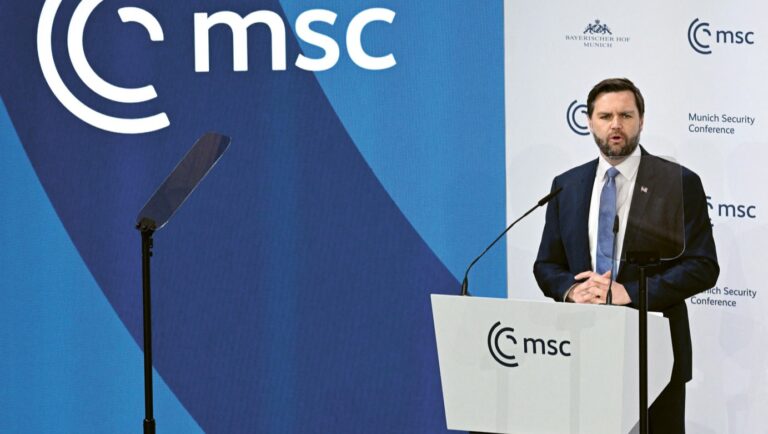On 24–25 June, NATO heads of state and government gathered in The Hague for their annual summit. Expectations ahead of the meeting centred on two major issues: a significant increase in defence spending and shaping the future of Ukraine and the Alliance. While the former saw major breakthroughs, the latter brought little progress for Kyiv.
Record-Breaking Defence Spending
It came as no real surprise when NATO leaders formally endorsed a substantial boost in defence spending in The Hague, as the decision had already been agreed upon in the days leading up to the summit. According to the deal, member states will raise their defence budgets to 3.5 per cent of GDP by 2035. In addition, another 1.5 per cent will be allocated to defence-related expenditures such as infrastructure development and cyber capabilities. This brings total defence spending to the 5 per cent threshold that Donald Trump has long advocated.
The 3.5 per cent + 1.5 per cent spending commitment marks a historic shift. Europe hasn’t spent this much on defence since the Cold War, a clear signal that NATO is taking today’s threats seriously and intends to meet them head-on. A mid-term review is planned after five years to assess how well individual countries are meeting the targets and whether maintaining this level remains justified.
The only country not to commit to this pledge was Spain, which has yet to meet its earlier 2014 promise to spend at least 2 per cent of GDP on defence. While Spanish officials claim that starting next year they will meet and maintain that level, Trump was unimpressed.
‘I think Spain’s terrible, what they’ve done. No, I do. They’re the only country that won’t pay the full—they want to stay at 2 percent,’ Trump said in response to a Spanish reporter’s question.
The US president suggested he might retaliate by making Spain ‘pay twice as much’ as part of a trade deal—though Spain, as part of the European Union, is subject to bloc-level trade negotiations with the US.
What Did Ukraine Get?
One of the most anticipated issues at the summit was whether Ukraine would receive any concrete promises—or a target date—for joining the 32-member transatlantic alliance. However, compared to the Biden-era NATO summits where Ukraine often took centre stage, this year’s final communiqué had very little to say about the war-battered country.
Ukraine was only mentioned in the context of defence spending, as support provided to Kyiv may now be counted toward member states’ national defence budgets. The familiar phrase from the Bucharest Summit, ‘the irreversible path to NATO membership’, was conspicuously absent. And not without reason.
According to sources, the United States wanted to avoid any language or wording that could derail negotiations with Russia aimed at ending the war. That might also explain why this year’s statement stopped short of condemning Russia’s aggression in Ukraine—a first in recent years.
Hungarian Foreign Minister Péter Szijjártó welcomed this shift, noting that the NATO communiqué avoided further escalating tensions with Russia. Compared to previous summit declarations, this one featured the mildest language on Moscow, with no strongly worded criticism or detailed accusations.
Still, the member states did underline ‘their enduring sovereign commitments to provide support to Ukraine,’ though no specific mention was made of military, financial, or humanitarian aid.
Trump Stole the Show
A stark contrast to last year’s summit—where concerns loomed large over Trump’s potential re-election and its implications for NATO—this year’s event saw leaders treating the US president with visible cordiality.
Trump arrived in The Hague fresh off a dramatic military success: American B-2 bombers had just struck Iran’s underground nuclear infrastructure, and following Trump’s call, warring parties agreed to a ceasefire. At one point, NATO Secretary General Mark Rutte even jokingly referred to Trump as ‘Daddy’ for helping calm tensions between Israel and Iran—a comment that clearly pleased the president’s ego.
That wasn’t the only praise however Rutte had for Trump. Reflecting on the summit’s achievements, he remarked:
‘Would you ever think that this would be the result of this summit if he would not have been re-elected president?…I think he deserves all the praise.’
Hungarian Foreign Minister Péter Szijjártó echoed the sentiment, saying President Trump’s presence ‘changed everything’ compared to previous years, shifting the summit’s focus away from Ukraine and toward strengthening NATO’s core defence capabilities.
Having secured all the accolades and pushed through his defence spending agenda, Trump also reaffirmed America’s commitment to the collective defence principle:
‘I stand with it. That’s why I’m here,’ Trump said when asked to clarify his position. ‘If I didn’t stand with it, I wouldn’t be here.’
Related articles:

